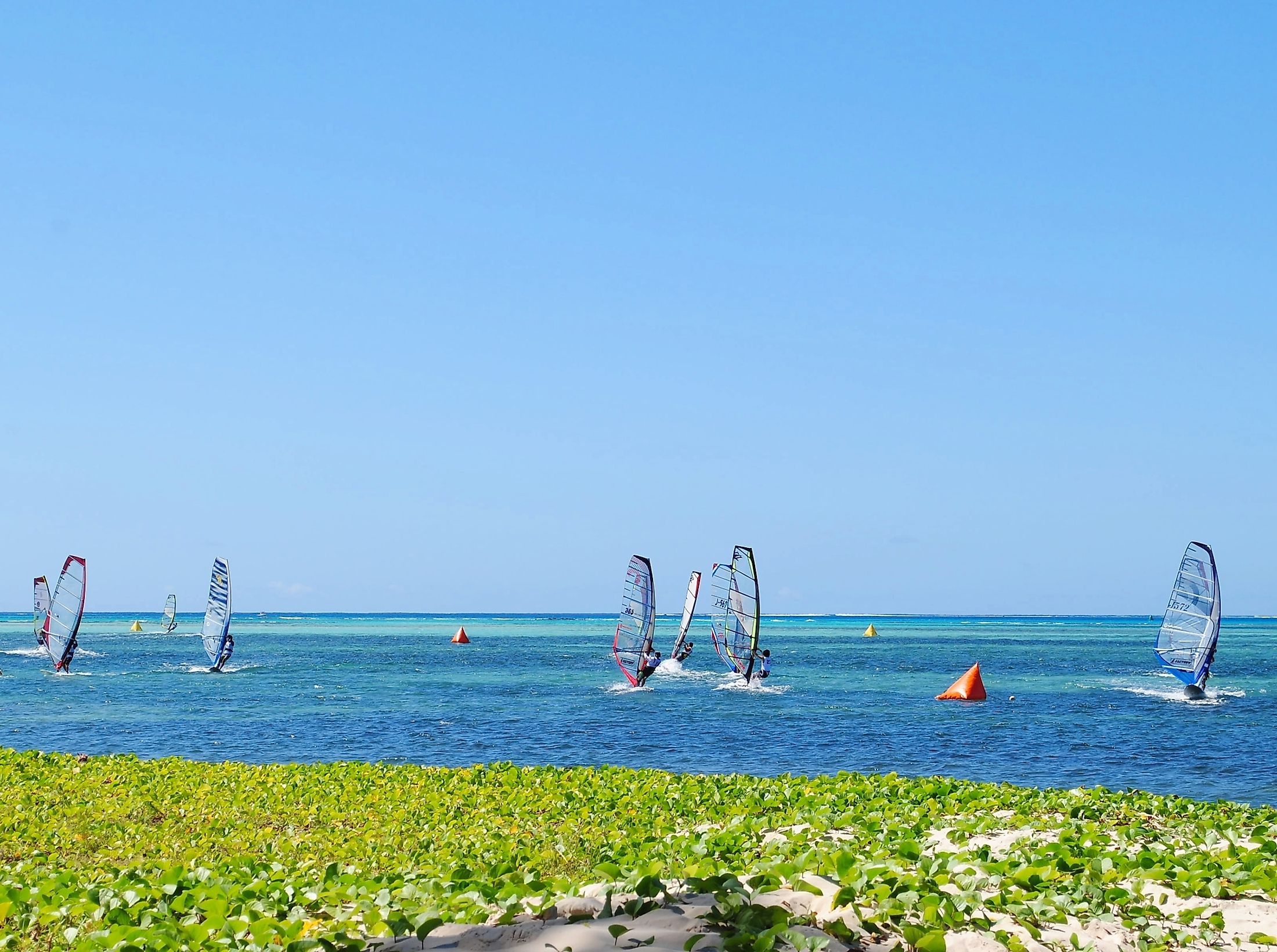
Saipan Island
Saipan Island sits within the-15 tropical islands chain, the Marianas archipelago, with a total area of 115.39 sq.km and the population nearing 70,000 inhabitants with an influx of permanent residents. Saipan's estimated population was 52,000 in 2020, averaging 453 residents per square kilometer.
Location Of Saipan Island
Sitting some 190 km north of Guam and 9.3 km northeast of Tinian across the Saipan Channel, Saipan is the second-largest island after Guam, in the Mariana Islands archipelago. With the land area of 115.39 sq. km, it is about 19 km long by 9.0 km wide, situated in the northeast of Australia in the South Pacific Ocean, as one of the Mariana Islands Commonwealth of the United States. Saipan is a hilly island with an elevation reaching 471 metres above sea level at Mount Tapochau. It is surrounded by broad inlets of the Laolao (Magicienne) Bay and Tanapag Harbor on either side, and with a smaller island of Tinian across the Saipan Channel just off southwest.
History Of Saipan Island
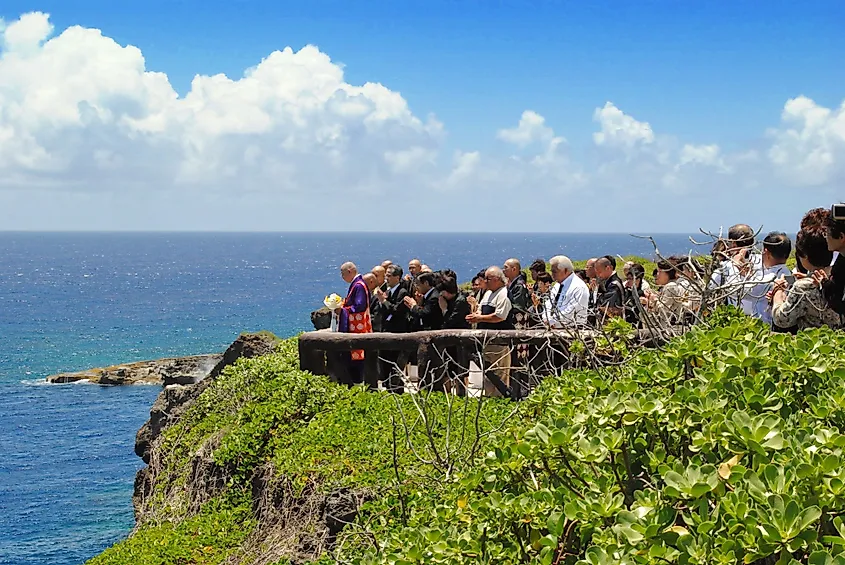
Under Spanish sovereignty from 1565 to 1899 and German rule from 1899 to 1914, Saipan became a Japanese mandate in 1920 until the Second World War and the successful US-led Allied invasion in 1944, leading to some 3,500 US and 30,000 Japanese soldiers dying in one of the fiercest captures in the Pacific. On top of that, thousands of Japanese civilians were killed, while many jumped at their own will from the Banzai Cliff at the northern face of the island, as their final statement of resentment. Becoming an important US military air base during the last year of the war, the island was then under the US naval jurisdiction from 1953 and 1962.
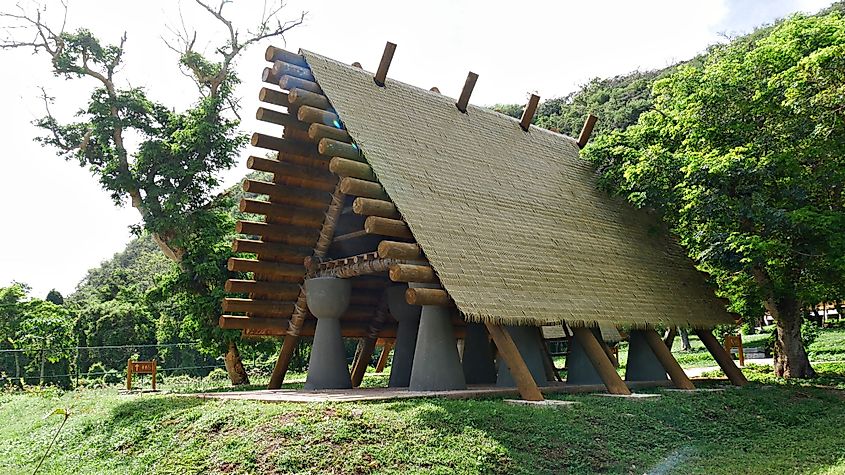
Aside from the numerous memorials on the Suicide and the Banzai Cliffs, there are many significant historical sites on Saipan such as the archaeological remains and pictographs of the ancient Chamorro and Carolinian civilizations in the Kalabera Cave, and the villages’ remnants on the Agingan Beach, which is also the 17th century Spanish galleon wreck site. Many bunkers and memorials still intact on the Micro Beach are reminiscent of the Second World War, while the remnants of a cliff-side bunker used as a defence-mechanism by the Japanese against the US invasion can be viewed in The Last Command Post.
Landscape Of Saipan Island
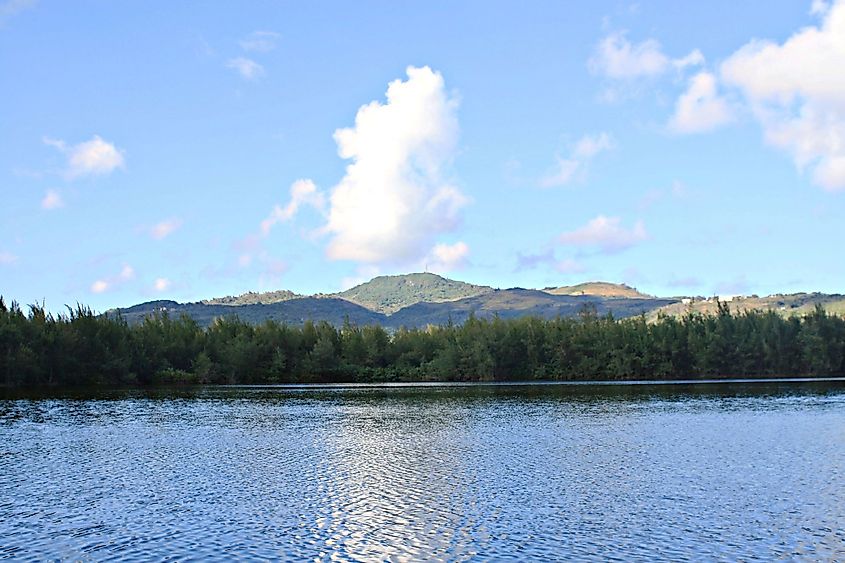
The highest point, Mount Tapochau, hovering at 480 m above the island is a true limestone formation, rather than an extinct volcano like most of the other mountains in the region, such as Mount Achugao, sitting two miles north, as a remnant of a stratified composite volcanic cone, originally set almost is the same spot. North of the mountain is also a ridge of cliffs, leading to the Banzai Cliff. Temperature varies greatly with the frequent elevations changes, with a considerable difference in degrees between the beach coasts, lowlands, highlands, and mountain peaks.
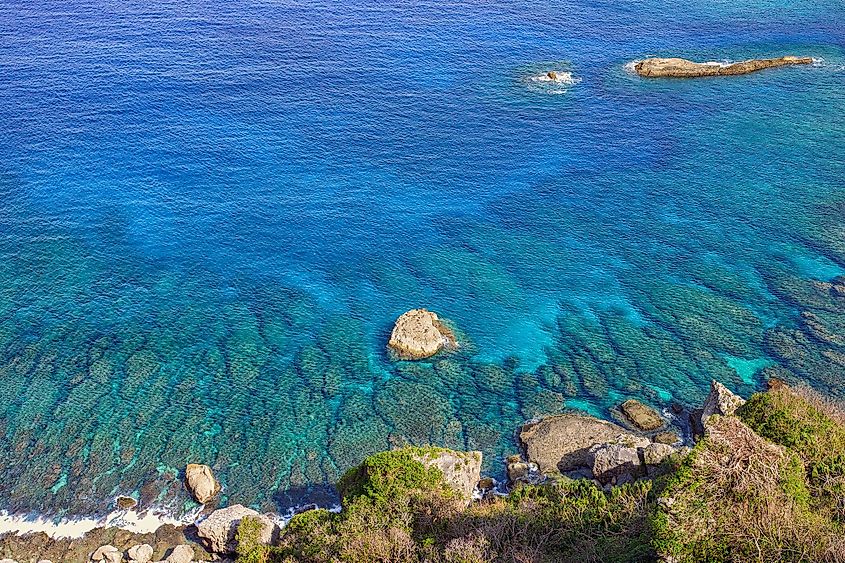
The sandy shoreline of the western beaches is juxtaposed by the eastern shore's conglomeration of rocky cliffs and reefs, with the CK Reef in the western waters and the Marpi Reef that is a narrow underwater bank, some 45 km north of the island. The landscape, having become susceptible to erosion following the Second World War, was covered by tangan-tangan trees, which solved the problem upon spreading naturally over time around the island.
Climate
The average maximum temperature on the island in a span of a year is 28.9 °C. The minimal seasonal temperature variation made it into the Guinness Book of World Records for having the least fluctuating temperatures in the world during a year-span. For instance, even the temperature difference from night to day is greater on Saipan, than the difference in temperature between summer and winter seasons there. To be fair, one can consider it to be summer, almost year-round on this island. Known to have a borderline tropical rainforest climate, Saipan is also not uncommon to tropical monsoons, moderated by the seasonal northeast trade winds from November to March, and easterly, from May to October. The dry season from December to June is followed by the rainy season lasting from July to November, with the typhoons most common from July to December. With heavy rains also not uncommon to the island, the average yearly precipitation is some 70 inches or 180 cm, with much of it being dispelled during periodic typhoons, of at least one, occurring every year, as on all of the surrounding islands.
Wildlife Of Saipan Island
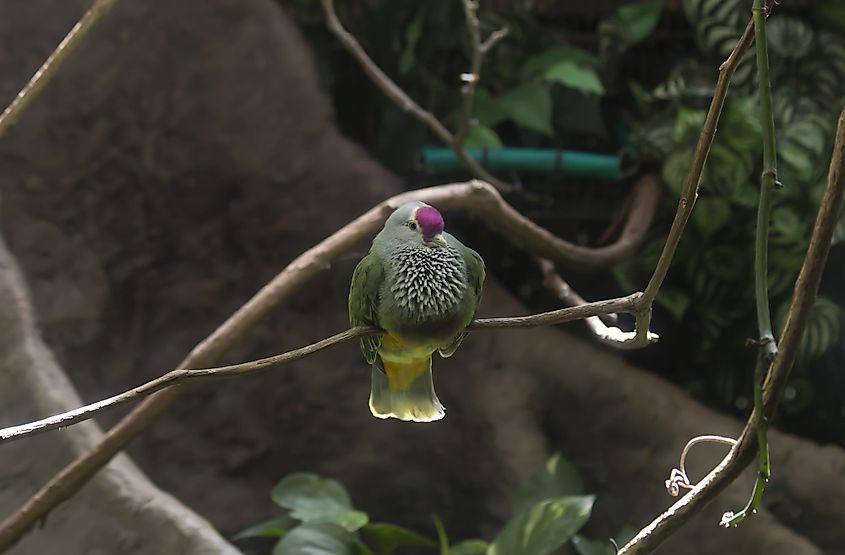
Known to have a large army of giant African snails that act as an agricultural pest whose origin on the island remains unknown, some speculate that they were brought in deliberately as a food source, while others stick to the theory that they were shipped in by accident. The recent introduction of the Platydemus manokwari flatworm helped keep their numbers at bay, while also causing another species to become extinct, the native tree-snail. Some of the many endemic bird species include the Mariana fruit dove, the white-throated ground dove, the bridled white-eye, the golden white-eye, the Micronesian myzomela, and the nightingale reed warbler that is endangered.
The flora on the Saipan Island is predominantly limestone forest, with some of the developed areas on the island covered with Leucaena leucocephala, or the "tangan-tangan" of a strategic importance to the region. Introduced to combat the decimation of the landscape caused by the Second World War, they spread broadly following the fact, preventing erosion to this day. There is also small, isolated native forest patches located on the steep slopes at lower elevations, as well as on the highland conservation areas. The wild species of fruit include coconuts, papayas, and Thai hot peppers, known as "donni' såli" or "boonie peppers", while mangos, taro root, breadfruit or "Lemai", and bananas, are cultivated locally.
Tourism In Saipan Island
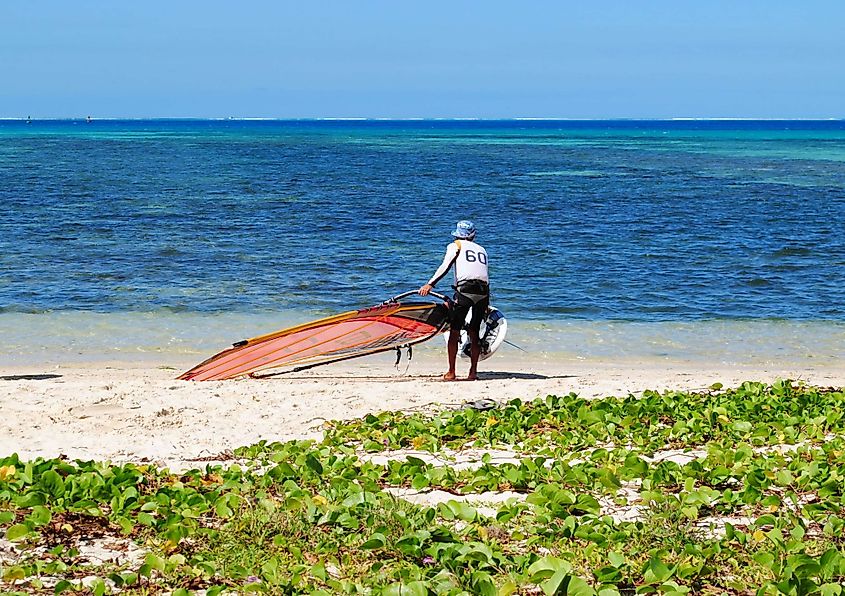
The Obyan and Pau Pau Beaches are perfect for a family day in the sun inclusive with water fun and a picnic, while the Wing Beach offers ample opportunity for unique shells collection. The Micro Beach is composed of especially soft sands, and one can also dive and see turtles at Laolao Bay, or stroll the picturesque 4.8-km Beach Road Pathway. Just 10 minutes off Saipan, the tiny island of Managaha has developed one of the best beach escapes for snorkelling and diving away from the crowds. The best scuba spots are The Grotto, Eagle Ray City, and Naftan.
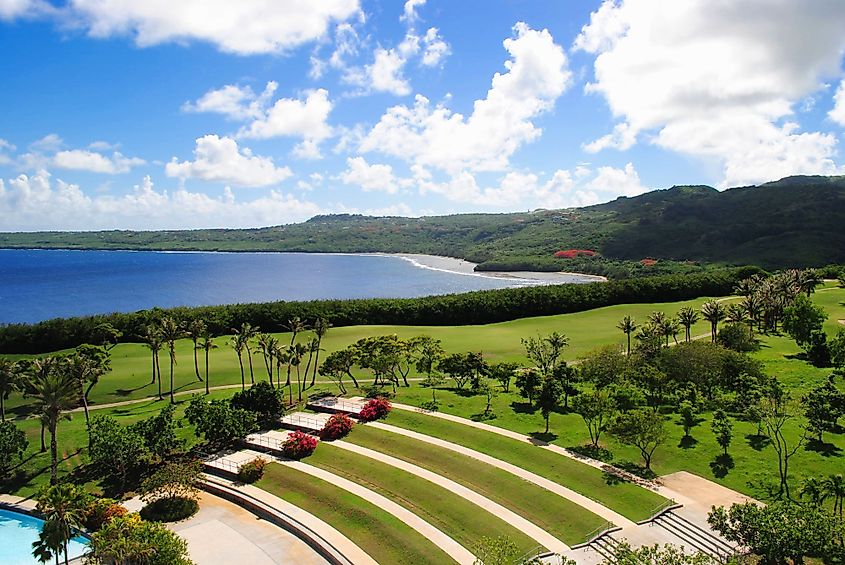
There are also 5-star and specialty restaurants, hotels for all budgets, night clubs, and shopping malls and local handicraft stands, many of which are located in the Garapan district on the island, as well as golf courses, designed by Greg Norman with sea views and cliff-side holes overlooking the ocean. The many monuments include the Saipan Katori Shrine, and the stained-glass windows at Our Lady of Mount Carmel Cathedral. As a Japanese colony between the two World Wars, Saipan has one of the few Shinto shrines in the world that are located outside of Japan, with over 100,000 Shinto shrines in Japan, and less than 50 outside of it.
Culture Of Saipan Island
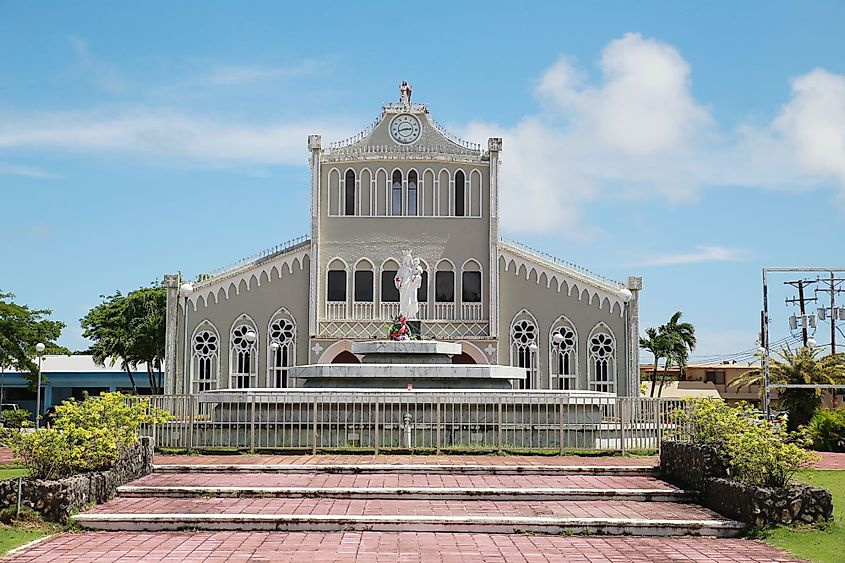
With over nine tenths of the Commonwealth population, the general culture on Saipan retains a Spanish Roman Catholic stance, with an influence from the American culture, as well. Shinto is a native religion in Japan, while Shinto shrines or Jingu in Japanese are where the kami, or the gods (spirits) representing various elements such as trees, rivers, the sun, rocks, food, and fertility, would dwell. According to the religion, upon ending of a human life, the soul also becomes a kami, worshipped by their living loved ones. Similarly, people of significance, including emperors, are seen and treated like kami by others.
The official languages on the island are Chamorro, Carolinian, and English. Simultaneously, however, with the cultural diversity increasing greatly since the 20th century, and Filipino, Chinese, and Korean communities prevailing, although with limited political influence, the Chinese and Filipino languages are also widely used. The government of the Commonwealth of the Northern Marina Islands sits on Saipan, serving as a capital, with the executive and legislative branches headquartered at Capital Hill, while the judiciary meets at the Susupe. Roman Catholicism is the main religion, while Christians, Protestants, and Buddhists are the three largest independent minorities.
Economy
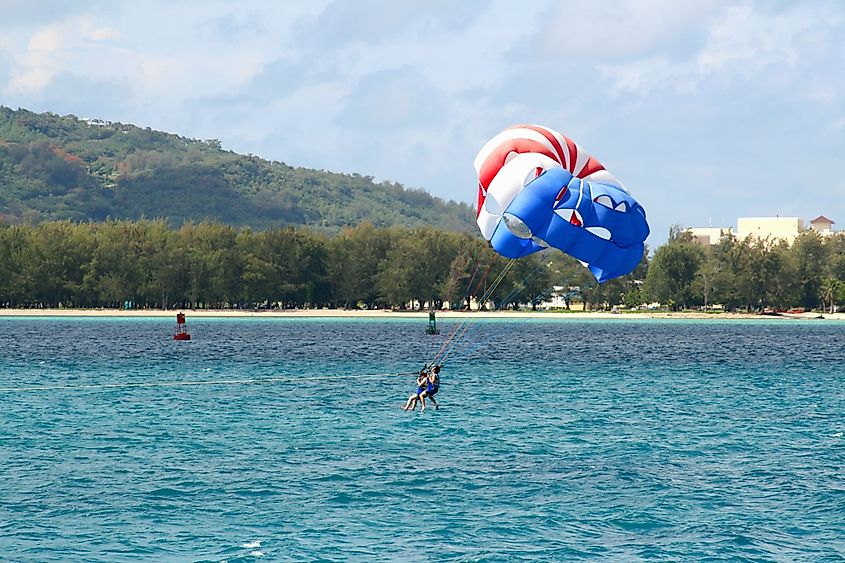
Feeding its residents with taro, cassava, yams, breadfruit, and bananas, the island also produces enough of these products to export from its commercial dock in supporting of the economy. Mostly dependent on tourism and tourism-related industries, there is also an international airport on the island. $4.8 million worth of goods were exported from all of the Northern Mariana Islands in 2019, with the most valuable exports being scrap metals, including iron scrap (29.3% of Northern Mariana Islands’ global total), copper scrap (22.2%), as well as aluminum scrap at 9%. Also in production for export are air conditioning machines, computers, diagnostic or laboratory reagents, printing machinery, miscellaneous plastic items, electric generating sets, and converters.
Interesting Facts About Saipan Island
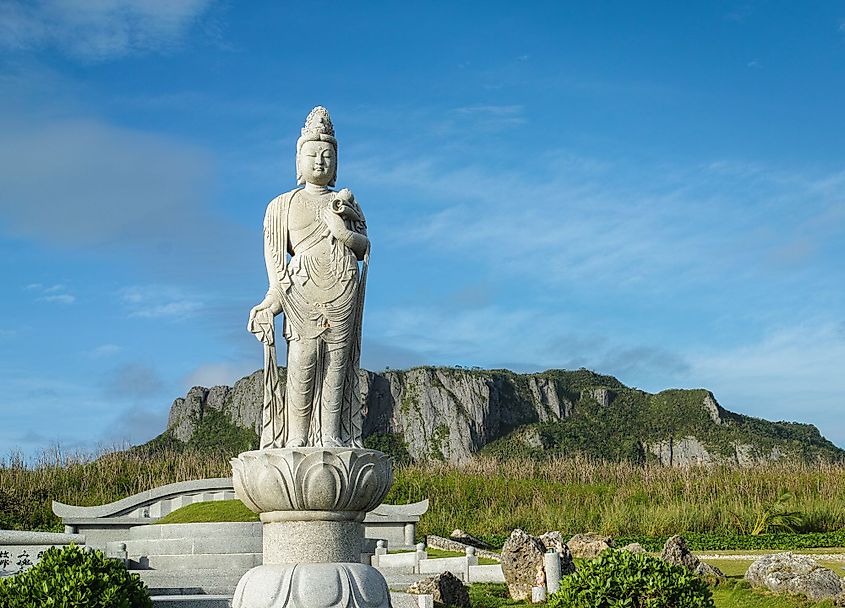
Saipan is known as one of the sites with the highest rate of mass suicides in the world, including an estimated 7,000 Japanese committing suicide, with many of the Japanese soldiers jumping from Saipan’s cliffs during the American assault of Saipan in July 1944. At the same time, as a small collection of islands, the Northern Mariana Islands’ pollution score is within the 19%, of the cleanest countries in the world, and scores on the safety among the 30% of the safest. Unfortunately, its health care rating is "off-the-charts worst." Being the largest and most developed of the surrounding islands, Saipan is as a heaven-worthy destination for sunbathers and underwater explorers with its golden beaches as it is for the history fanatics with the change of hands in bloodily-rich past. Many are attracted not only by the sprawling beaches and the tropical atmosphere, but the chance to escape far off into the Pacific Ocean, away from the rest of the world.











